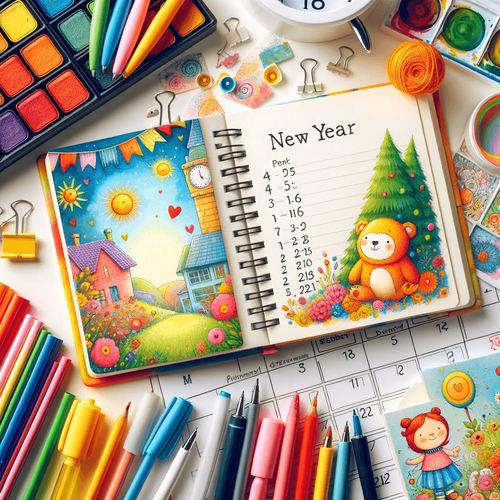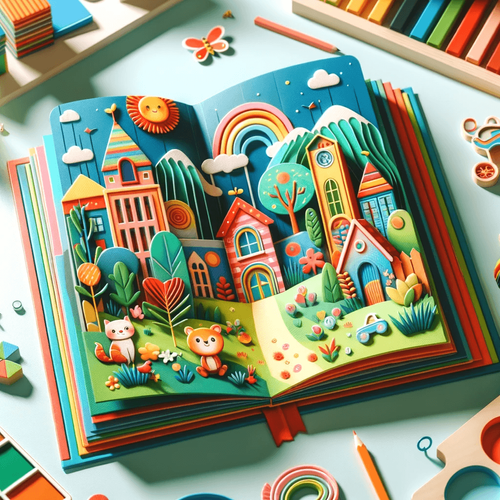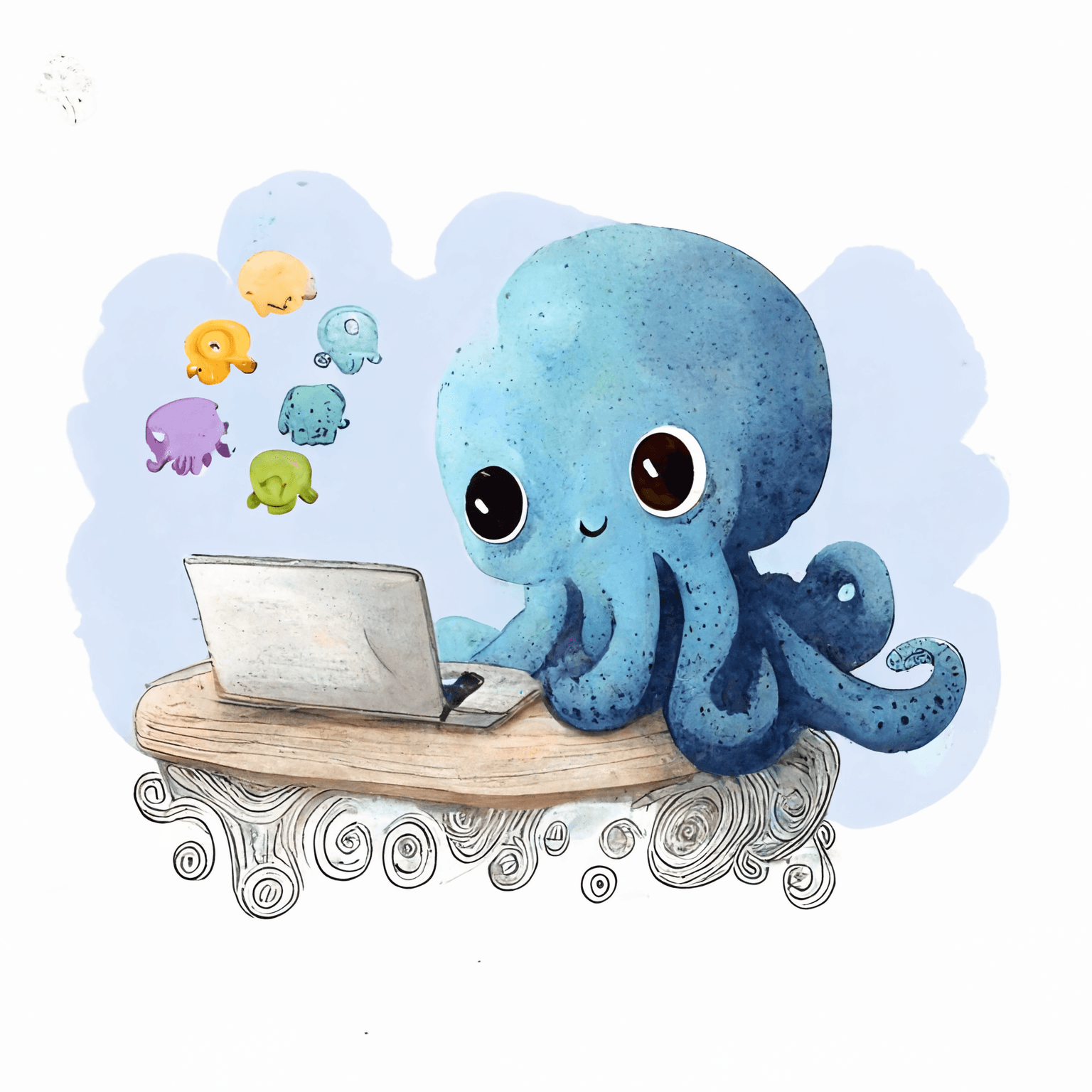Writing a children's book is an exciting and challenging adventure. Whether you're a seasoned author who has been writing for years or you're just getting started, there are essential tips and techniques that will help ensure your story reaches its intended audience. Keep reading to learn how to write a captivating story that kids of all ages will love.
Find An Idea- Spark your creativity with research and brainstorming
Before you start writing your book, it’s essential to find the right inspiration. Finding a unique and creative idea can be intimidating, but don’t let fear stop you! Research is key here- read other books in the genre you’re writing for and make note of trends that are already popular. Once you get a general sense of what works well in the industry, try brainstorming ideas to spark your creativity. Don’t worry- an idea may not strike on the first try - keep researching and working at it until something clicks.
Create A Character Outline- To create characters that readers can identify with
Engaging characters are essential to a successful children’s book. Take some time to really think through the main character’s personality, interests, quirks, and goals to ensure that your readers can relate with them. Give them flaws and strengths for the greatest impact - characters should be flawed but also face their problems with determination and courage. Consider your character's purpose too- why do they exist in the story? What is their primary goal? A great way to flesh out characters is to create a detailed outline of who they are and how they might react in different situations.
Map Out The Story Arc- Create an engaging plot and conflict while defining the climactic moment
As they say, conflicts make the best stories. When it comes to a children’s book, focus on creating a story arc that will keep your readers engaged and interested in finding out what happens next. Introduce the main character's primary goal, establish the main conflict and then move through different stages of success, setbacks, and resolution. Clearly define the main plot point or climax of the story - this should be the most exciting part of your characters' journey. Be sure to clearly illustrate how your character changes over time by exploring how they confront their problems and grow from them!
Draft Your Book - Begin writing your first draft without worrying about grammar or style
Before you start writing, it is important to have a good understanding of your book's story structure and the characters that populate it. Work out the basic plot points such as the main conflict, rising action, climax, falling action and conclusion. Once this is done, then you can begin writing your story's first draft! Try not to worry too much about grammar and style just yet - just focus on getting your ideas down in a clear way. You might even want to ditch your computer and go back to the ol' paper and pen to avoid the temptation to make edits as you write. As long as there is an easy-to-follow flow from scene to scene without any large holes in the plot, you are ready to continue onto the next stage of revising and editing your work.
Finalize Your Book - Polish up the final manuscript
Once your book manuscript's final draft is ready, you should go through it one more time and polish it until it shines. Checking the story’s flow, ensuring its consistency throughout and making sure all the characters’ names and descriptions are accurate. By now you shouldn't find any more spelling or grammar errors, but use this opportunity to scan for anything you might have missed. Best practice suggests you bring on a third-party to check over your book for any mistakes that you may have overlooked. This could be an editor, proofreader, or a critique group, but definitely should not be your mom. You want honest, critical feedback to make it better, so sharing it with people who aren't going to worry about hurting your feelings is pretty important!
Think Ahead - Consider your print and distribution options (yes, already)
With a finalized manuscript, before you move any further, you need to make a decision on how you want to print and distribute your book. Based on your personal choices, you will be faced with different paths. If you're looking for a publishing house to take over, you will likely need to find an agent to represent you and think about how you will stand out from the crowd. If you're looking to self-publish, you'll move into visualizing your book into storyboard format and will have to make decisions about how you will illustrate your children's book. From there, you will need to set up publishing channels, create promotional materials and get ready to share the finished product with readers worldwide!
Ready to turn your story idea into a mesmerizing children's book?
Begin your creative journey with Made Live today! Start your free trial and access our suite of tools designed to bring your imagination to life. Join the Made Live community and transform your dream into a published reality.




